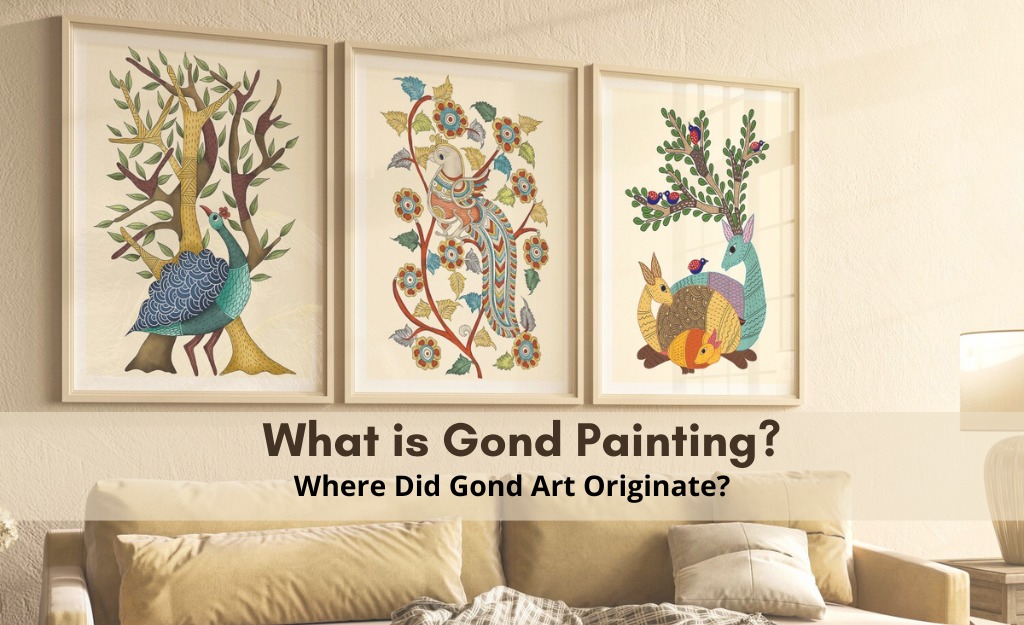Line art is a form of visual expression that utilizes simple lines to create intricate and captivating images. Also known as line drawing or line illustration, line art relies on the use of lines alone, without the addition of color or shading, to convey form, shape, and texture. This minimalist approach to artistic expression allows artists to focus on the fundamental elements of line, space, and composition, resulting in artwork that is both elegant and engaging.
Origins and History
The origins of line art can be traced back to prehistoric times when early humans used simple lines to create cave paintings and rock art. Over time, line art painting evolved as a means of visual communication and artistic expression in cultures around the world. In ancient civilizations such as Egypt, Greece, and China, line art was used to depict religious symbols, mythological figures, and everyday scenes with striking simplicity and elegance.
During the Renaissance period in Europe, line art experienced a resurgence in popularity as artists such as Leonardo da Vinci, Michelangelo, and Albrecht Dürer explored new techniques and approaches to drawing. The use of contour lines, hatching, and cross-hatching techniques allowed Renaissance artists to create lifelike representations of the human form and natural world with remarkable precision and detail.
Characteristics of Line Art
Line art is characterized by its simplicity, clarity, and precision. Unlike other forms of art that rely on color, shading, and texture to convey form and depth, line art paintings use only lines to create shapes, patterns, and compositions. Common characteristics of line art include:
- Minimalism: Framed line art embraces a minimalist aesthetic, focusing on the essential elements of line and space to create visually compelling images. By stripping away unnecessary details, line art emphasizes the purity and simplicity of form, allowing viewers to focus on the beauty of the lines themselves.
- Precision: Line art requires a steady hand and careful attention to detail, as even the slightest deviation in line can alter the composition and impact of the artwork. Artists use a variety of tools, including pens, pencils, markers, and digital drawing tablets, to create precise and controlled lines with varying thicknesses and textures.
- Versatility: Line wall art is a versatile medium that can be used to create a wide range of subjects and styles. From abstract geometric patterns to detailed portraits and landscapes, line art offers endless possibilities for artistic expression and experimentation. Artists can explore different techniques, styles, and themes to create unique and original works of art.
- Expressiveness: Despite its simplicity, line art painting can be highly expressive and emotive, conveying a wide range of emotions, moods, and ideas through the use of line. Artists can use line weight, direction, and spacing to create dynamic compositions that evoke a sense of movement, rhythm, and energy.
Techniques and Methods
Line art encompasses a variety of techniques and methods, each with its own unique characteristics and effects. Some common techniques include:
- Contour Drawing: Contour drawing involves creating outlines of objects or subjects using continuous, flowing lines to define their shape and form.
- Cross-Hatching: Cross-hatching involves drawing parallel lines in different directions to create shading and texture, allowing artists to achieve a wide range of tones and values.
- Stippling: Stippling involves creating patterns and textures using small dots or dashes, allowing artists to create depth and dimension in their artwork.
- Negative Space: Negative space drawing involves focusing on the spaces between objects or subjects, using lines to define their boundaries and relationships.
Themes and Subjects
Line art can be used to depict a wide range of themes and subjects, from portraits and figures to landscapes, still lifes, and abstract compositions. Common themes include:
- Portraits and Figures: Line art is often used to create detailed portraits and figures, capturing the essence and personality of the subject with precision and clarity.
- Nature and Landscapes: Line art can evoke the beauty and serenity of the natural world, depicting landscapes, plants, and animals with elegance and simplicity.
- Abstract and Geometric Patterns: Line art can explore abstract and geometric patterns, using lines to create intricate designs and compositions that stimulate the imagination and engage the viewer’s senses.
Interpretation and Appreciation
Line art invites viewers to engage with the artwork on a deeper level, encouraging them to explore the relationships between lines, shapes, and forms and to interpret the meaning and symbolism embedded within the artwork. Whether depicting a familiar subject or an abstract composition, line art invites viewers to use their imagination and creativity to make their own connections and associations.
In conclusion, line art is a dynamic and versatile form of artistic expression that celebrates the beauty and simplicity of line. From ancient cave paintings to contemporary digital illustrations, line art has captivated audiences around the world with its elegance, precision, and expressiveness. Whether used to create detailed portraits, intricate patterns, or abstract compositions, line art offers endless opportunities for artistic exploration and experimentation, inviting viewers to appreciate the beauty and power of the line in all its forms. At SAAJ, we have an impressive collection of framed lined art paintings online in India for home interior decor. Give your walls a fresh makeover with our curated art paintings!







